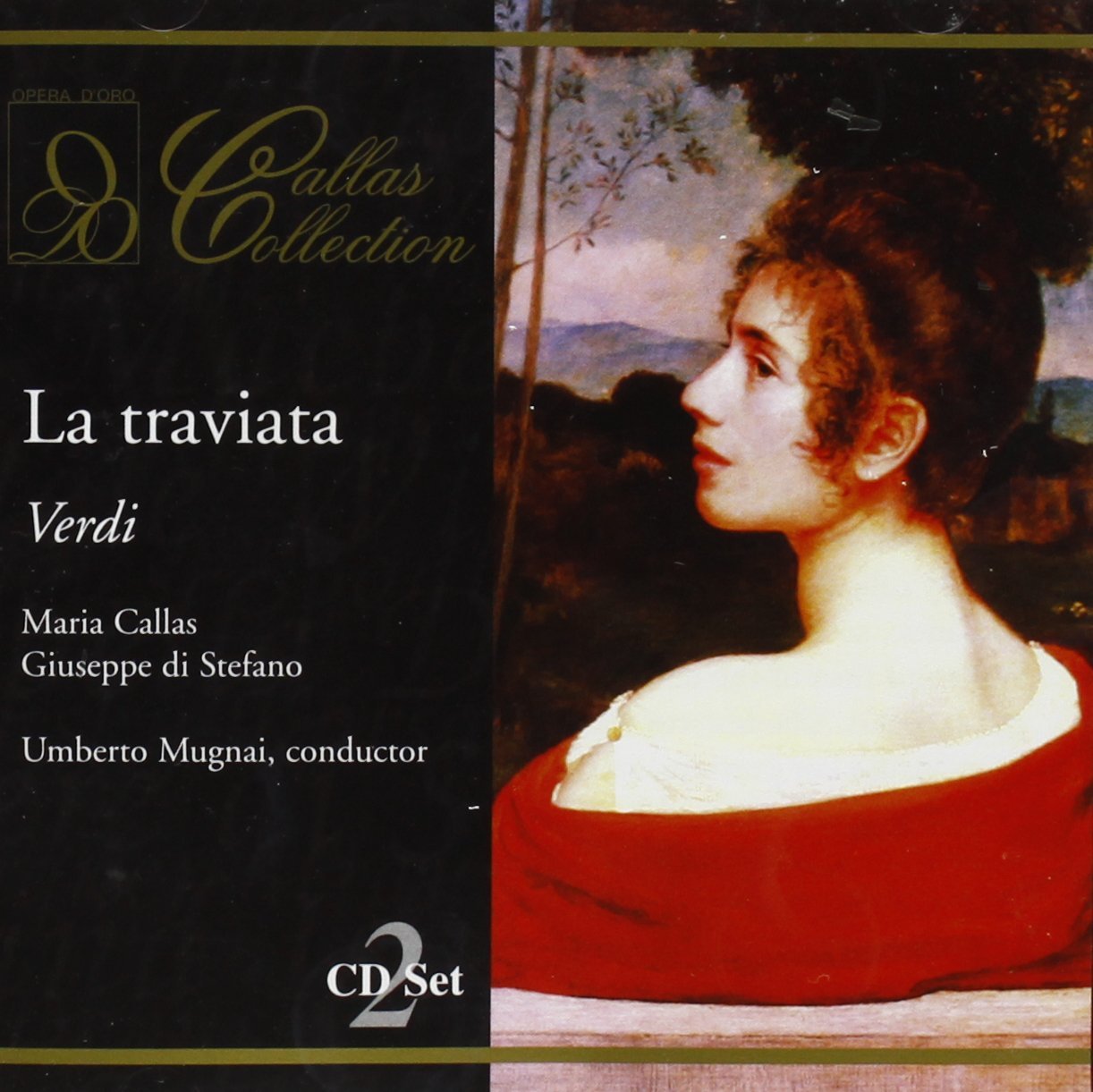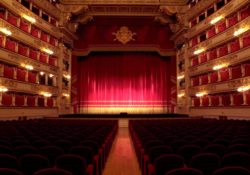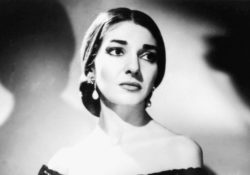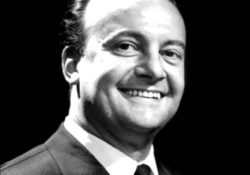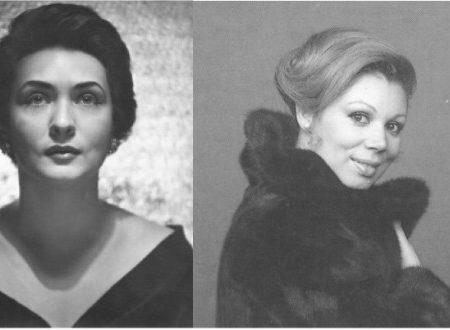Singers on Singing: Giuseppe Di Stefano
Photo: Giuseppe Di Stefano as the Duke of Mantua in Verdi’s Rigoletto (1948)
Photo credit: Louis Mélaçon/Metropolitan Opera
“That heavenly lyric tenor” is how one legendary artist described another when the great baritone Tito Gobbi commented on Giuseppe Di Stefano in his autobiography. Like generations of musicians and music-lovers, he was captivated by one of the most perfectly focused and naturally expressive lyrical voices in memory.
The first people to hear the legend in the making were the frequenters of cafes, cinemas and churches in Milan in the years leading up to World War II. It was in these places that Di Stefano, who had been born in a Sicilian village near Catania in July 1921, first sang in public, entertaining locals with assortments of operatic arias, Neapolitan songs, and the latest popular music of Italy. The story of just how that led to him becoming one of the most sought-after opera tenors in history transpires in the interview he recorded in the garden of his home in the Lombardy region of Italy in the summer of 2002, which forms the main part of this profile that was broadcast in 2004. It was one of the very rare occasions on which Di Stefano granted an interview, and it transpired to be the last one he was to give. Two years later he was critically injured when unknown assailants attacked him in his holiday home in Diani Beach, Kenya, and he never recovered fully from the trauma on his health. When he died in March 2008 the world lost one of the most immaculate and virtuoso of all lyric tenors as well as a most individualistic personality. He was an artist who rose to greatness in a most unconventional way and he was often very critical of academic teaching methods in opera, which was one reason why he generally had little time for questions about the technique that enabled him to control an extraordinary dynamic and expressive range with such remarkable facility. It was, therefore, a very special bonus that in this conversation he did speak most revealingly about his particular approach to technique and interpretation, making the interview quite possibly the only document of him of its kind.
The full radio profile includes contributions from other distinguished artists who discuss Giuseppe Di Stefano’s great qualities as a singer, and there are musical illustrations, the details of which follow below.
–Jon Tolansky
Listen to the documentary interview immediately below (length: approx. 1 hour, 12 min.):
Host:
Jon Tolansky
Guest Artists included in this feature:
- Conductor Sir Edward Downes
- Bass Richard Hazell
- Baritone Carlos Álvarez
Musical excerpts included in this feature:
- “Salut demeure” from Faust (Gounod)
- “E lucevan le stelle” from Tosca (Puccini)
- “E la solita storia del pastore” from L’Arlesiana (Cilea)
- Extract from the end of La bohème (Puccini)
- Love Duet from Act II of Un Ballo in Maschera (Verdi), with soprano Maria Callas
- “Recondita armonia” from Tosca (Puccini)
- Excerpt from Requiem (Verdi)
- Extract from Act I of Madama Butterfly (Puccini)
- “Parigi, o cara” from La Traviata (Verdi)
Classical Legends–In Their Own Words
with Angela Gheorghiu, Mirella Freni, Grace Bumbry, Jon Vickers, Nicolai Gedda, Giuseppe di Stefano, Roberto Alagna, Ruggero Raimondi, & John Tomlinson
EMI Classics: 5099960897220
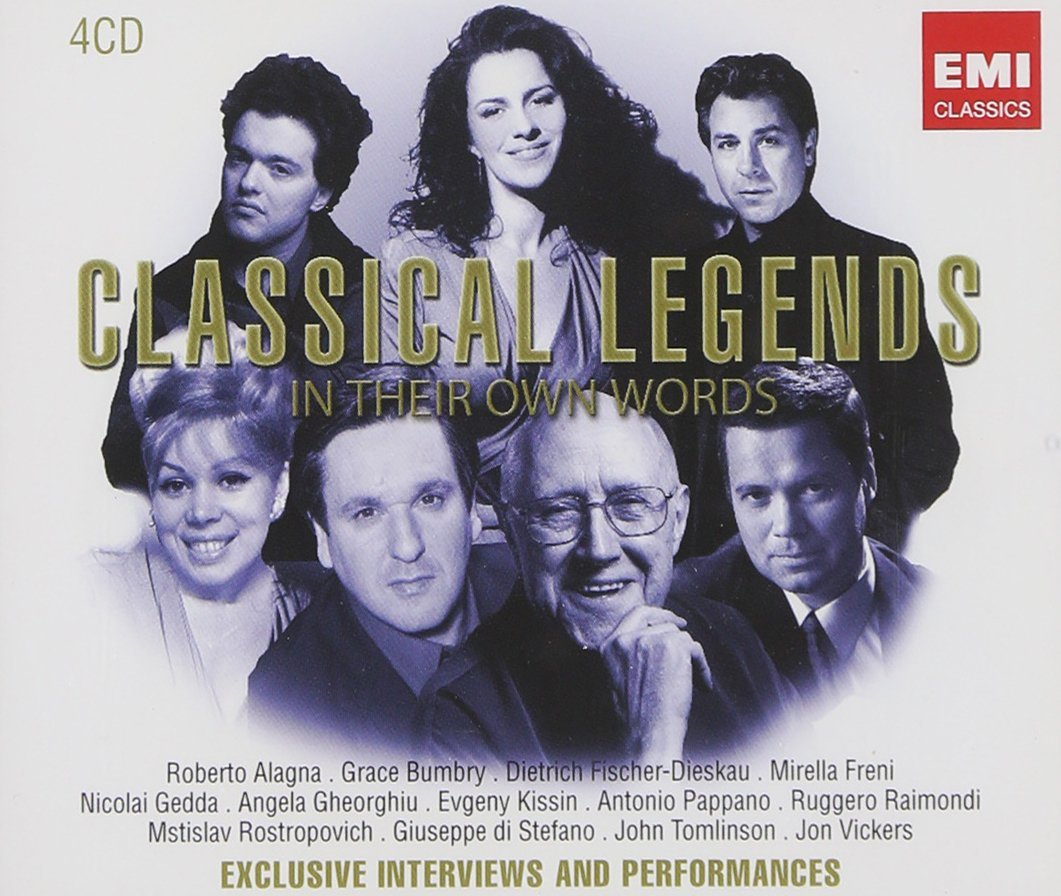
Di Stefano: My First Concert (1950)
Giuseppe Di Stefano, tenor
Gaetono Merola, conductor
San Francisco Opera Association Orchestra
Fono Enterprise: 1064

Di Stefano: My First Puccini (recorded 1952)
Giuseppe Di Stefano, tenor
Edoardo Moser, piano
Fono Enterprise: 1062

Di Stefano: My First Record (1944)
Giuseppe Di Stefano, tenor
Alberto Erede, conductor
London Symphony Orchestra
Fono Enterprise: 1061
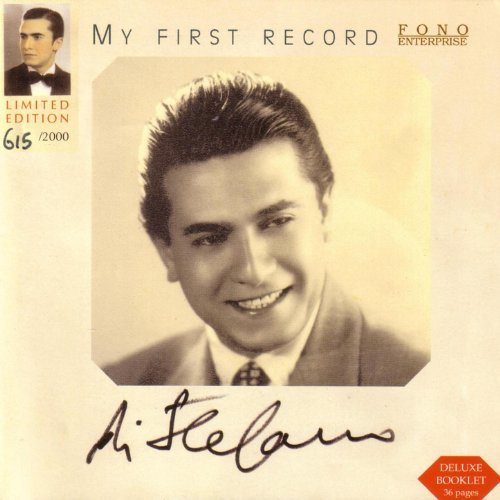
Verdi: Un Ballo in Maschera (1956-7)
Giuseppe Di Stefano, tenor
Maria Callas, soprano
Antonino Votto, conductor
Milan La Scala Orchestra
EMI: 56320
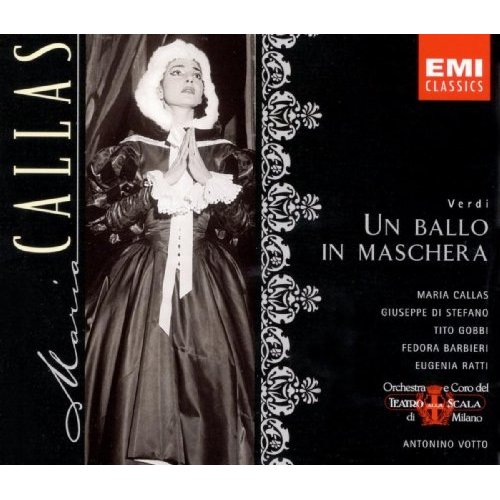
Puccini: Tosca (1953)
Giuseppe Di Stefano, tenor
Maria Callas, soprano
Victor De Sabata, conductor
Milan La Scala Orchestra
EMI: 56304
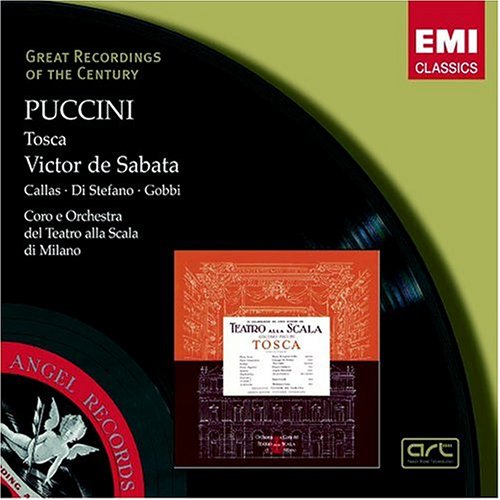
Verdi: Requiem (1951)
Giuseppe Di Stefano, tenor
Arturo Toscanini, conductor
NBC Symphony Orchestra
RCA/BMG: 72373

Puccini: Madama Butterfly (1954)
Giuseppe Di Stefano, tenor
Victoria de los Angeles, soprano
Gianandrea Gavazzeni, conductor
Rome Opera Orchestra
Testament: SBT2168
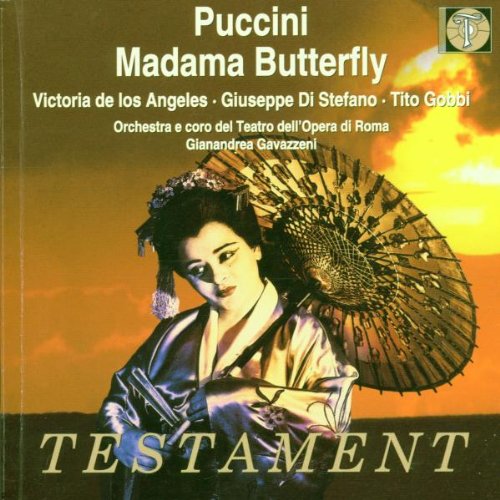
Neapolitan Songs and Other Songs, Vol. II (1961)
Giuseppe Di Stefano, tenor
G. M. Guarino, conductor with Orchestra
Testament: SBT1098
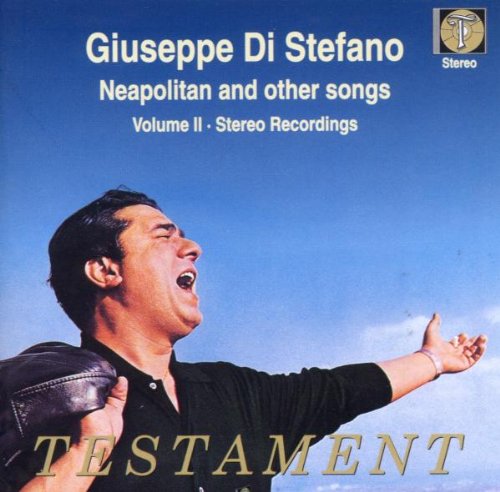
Verdi: La Traviata (June 3, 1952)
Giuseppe Di Stefano, tenor
Maria Callas, soprano
Mexico Opera Orchestra
Umberto Mugnai, conductor
Opera d’Oro: 1226
